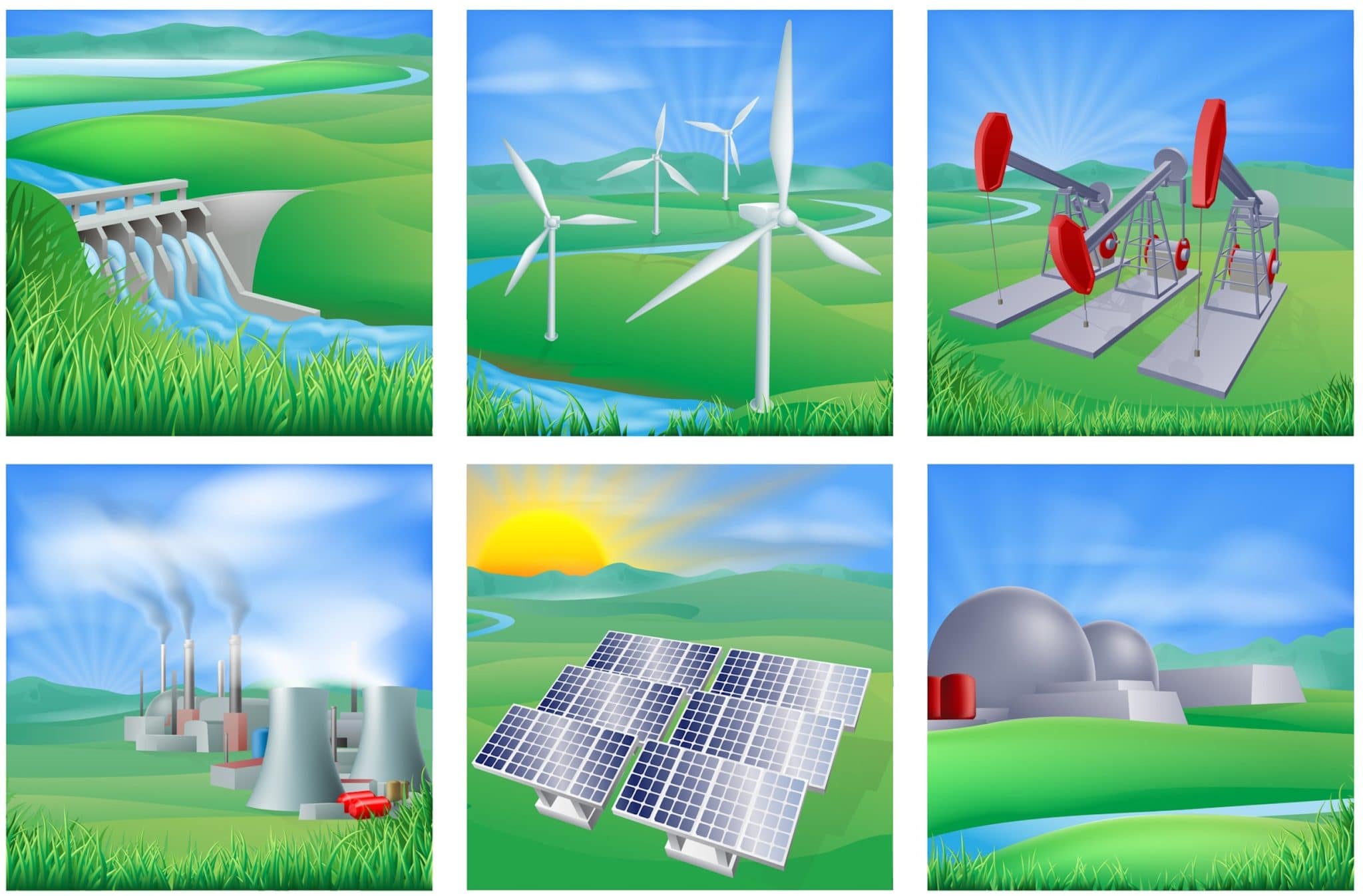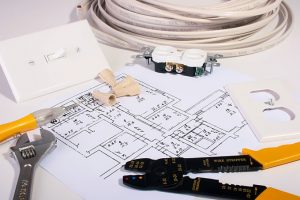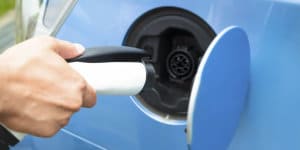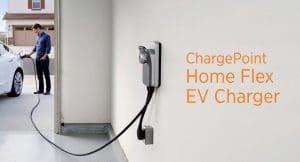
On Leaving Fossil Fuels to the Dinosaurs
As a residential service electrician, I get a lot of questions about how people can improve their home's electrical system. One question that’s starting to pop up more frequently is how to prepare one’s home electrical system for eliminating the need for fossil fuels. This question seems like a natural progression in this age of international unrest, high inflation, and increased concern about climate change. I can’t answer this question appropriately as an ecologist or as a politician, since I am neither, however, I can contribute my humble experience as an electrician.
The typical Suburban Home relies on both electricity and fossil fuels to power its various functions. Homes that burn fossil fuels such as natural gas, propane, or fuel oil, employ them for heating and cooking. This is because when it comes to generating heat, fossil fuels are less expensive and more efficient. (At least at the present time.) Smaller loads, such as lighting, small appliances, and air conditioning, use electricity since for those applications, electricity is more efficient, less complicated, and, needless to say, safer. That said, when a potential customer asks about converting their home to “all electric”, what they mean is eliminating their need for consuming fossil fuels to generate heat.
The parts of the home that are most commonly replaced when moving the home away from gas are the ones responsible for generating heat, which include the furnace, hot water heater, and the kitchen oven, cook top, or range. This means installing either a conventional or geothermal heat pump, which uses both resistance heat and the evaporation cycle to heat the home; a traditional tank-style or tankless hot water heater, and cooking appliances that generate heat with resistance heating elements. When converting these gas appliances over to electric, there is a significant load that is transferred to the electrical system, an electrical system that was designed to power the house with the help of fossil fuels. In most circumstances, when converting a home to all electric appliances, the electrical service will not have enough available capacity to carry the additional electrical load.
When we discuss the home’s electrical service, we are talking about the components that form the “foundation” of the electrical system. The equipment that makes up the service includes the electric meter, electrical panel with all of its circuit breakers, ground rods, and bonding wires. The electric meter counts the kilowatt hours consumed by your house and transfers the needed electricity to your main electrical panel through the service entrance cable. Inside the main electrical panel, the electricity is diverted to anywhere between eight and sixty circuits through the buss bars. Smaller components called circuit breakers make sure that the wiring is safe from catching fire by cutting power to circuits where there is too much current being pulled, or where the current-carrying conductor has come into contact with a grounded part of the electrical system.
Real Customers & Real Reviews
So, in sum, your electrical service is responsible for supplying and quantifying the electrical power sent to your home, and protecting your electrical system from damage or potential fire. It is very important that your service is properly sized for the demand that your home places on it. Images of Chris Farley playing “Fat Man in a Little Coat” or Disney’s Mr. Incredible attempting to fit into his youth-sized super suit come to mind as I write this paragraph. Eventually that coat is going to tear or that button is going to rocket off and ricochet off of the wall. As in fashion, it is important that your electrical service is properly sized for the load that your home places on it.
All joking aside, the purpose of this article is to help the average homeowner understand how the inner-workings of the electrical system are affected by changing how major components of the house are powered. I remember years ago when Root Electric first hired a web manager to build our website. I told him about how I wanted the website to look, and what pictures I wanted, and what fonts I thought the titles should be typed in. He looked at me and replied, “All those things are nice, Bill, but the main purpose of this website is to attract people who want to use your service. We can easily give your website a certain aesthetic, but it must first do its job of generating new customers, and then it can achieve the appearance you are looking for.” Your electrical system is very similar. It can function in a way that will help you move away from fossil fuels, and potentially save you significant amounts of money by adding solar panels or an outlet to charge your electric vehicle. However, the electrical service must first be upgraded so that it is capable of safely handling the additional load.
REQUEST A FREE QUOTE
Satisfaction / Safety First Since 1986




